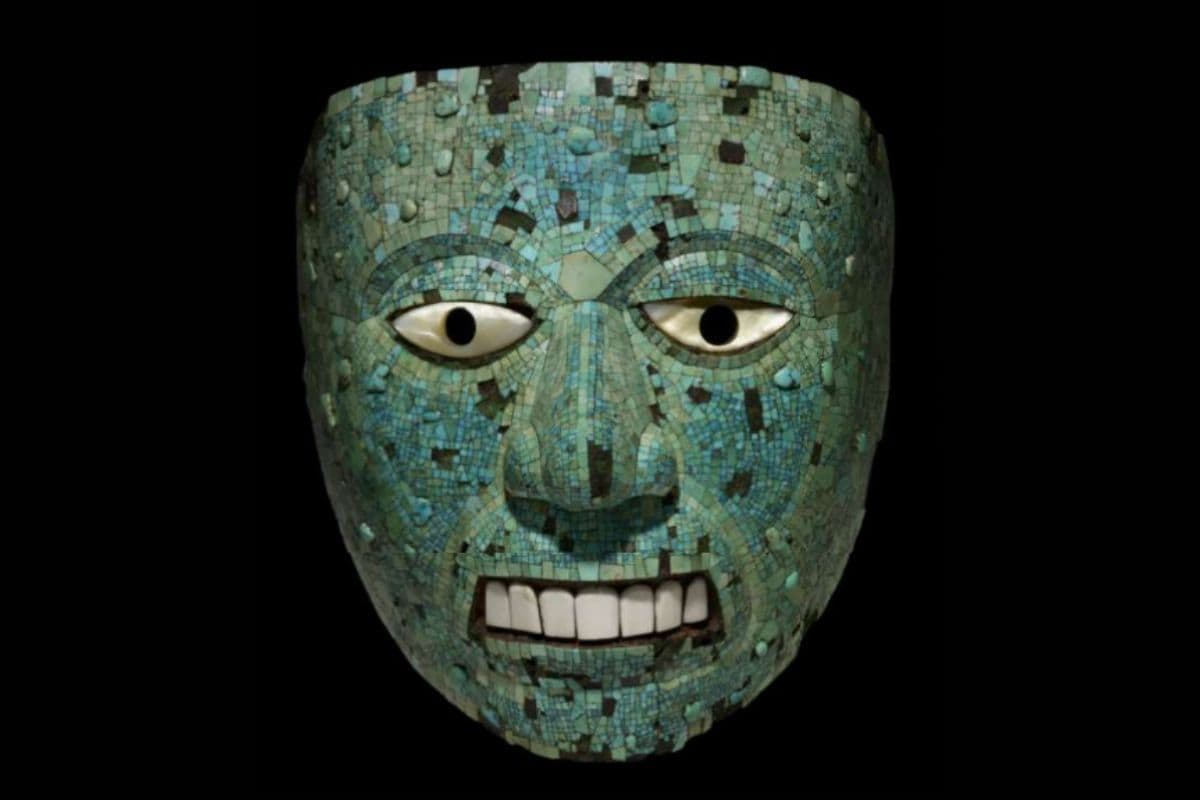A 16th-century mask, believed to be a symbol of the Aztec fire god Xiuhtecuhtli, is on display at the British Museum in London. Constructed of Spanish cedar and decorated with turquoise mosaics, mother-of-pearl eyes, gold rims and conch teeth, the artifact is considered a remarkable example of Aztec artistry. Measuring 16.8 centimeters long, its intricate details include small temple holes that suggest it may have been worn or mounted. Inside, cinnabar, a mercury-rich mineral, lines the mask.
Historical origin and significance
The mask is believed to have originated in Mesoamerica between 1400 and 1521, during the height of the Aztec Empire. Scholars link it to treasures seized by Spanish conquistador Hernán Cortés during his conquests. Xiuhtecuhtli, known as the “Turquoise Lord” in the Nahuatl language, was central to Aztec mythology as the god of fire and renewal.
Central to Aztec rituals was the “New Fire Ceremony”, held every 52 years. As described According to the British Museum, during this ritual, the sacred fire was extinguished across the country and rekindled by the priests. A sacrificial victim played an important role in this renewal rite, with flames burning on his chest before his heart was offered to the fire. Such masks are believed to have been an integral part of such ceremonies.
Interpreting the iconography of the mask
The design of the mask includes pieces of deep turquoise that form a butterfly shape, another symbol of renewal in Aztec culture. Although it is widely attributed to Xiuhtecuhtli, experts suggest it may instead depict the warty-faced god Nanahuatzin, who mythologically became the sun after a self-sacrifice. The ambiguity surrounding its representation reflects the complex symbolism within Aztec art.
The turquoise mask stands as a vivid link to the spiritual practices of the Aztec civilization, providing insight into their cultural emphasis on fire, renewal, and transformation.
